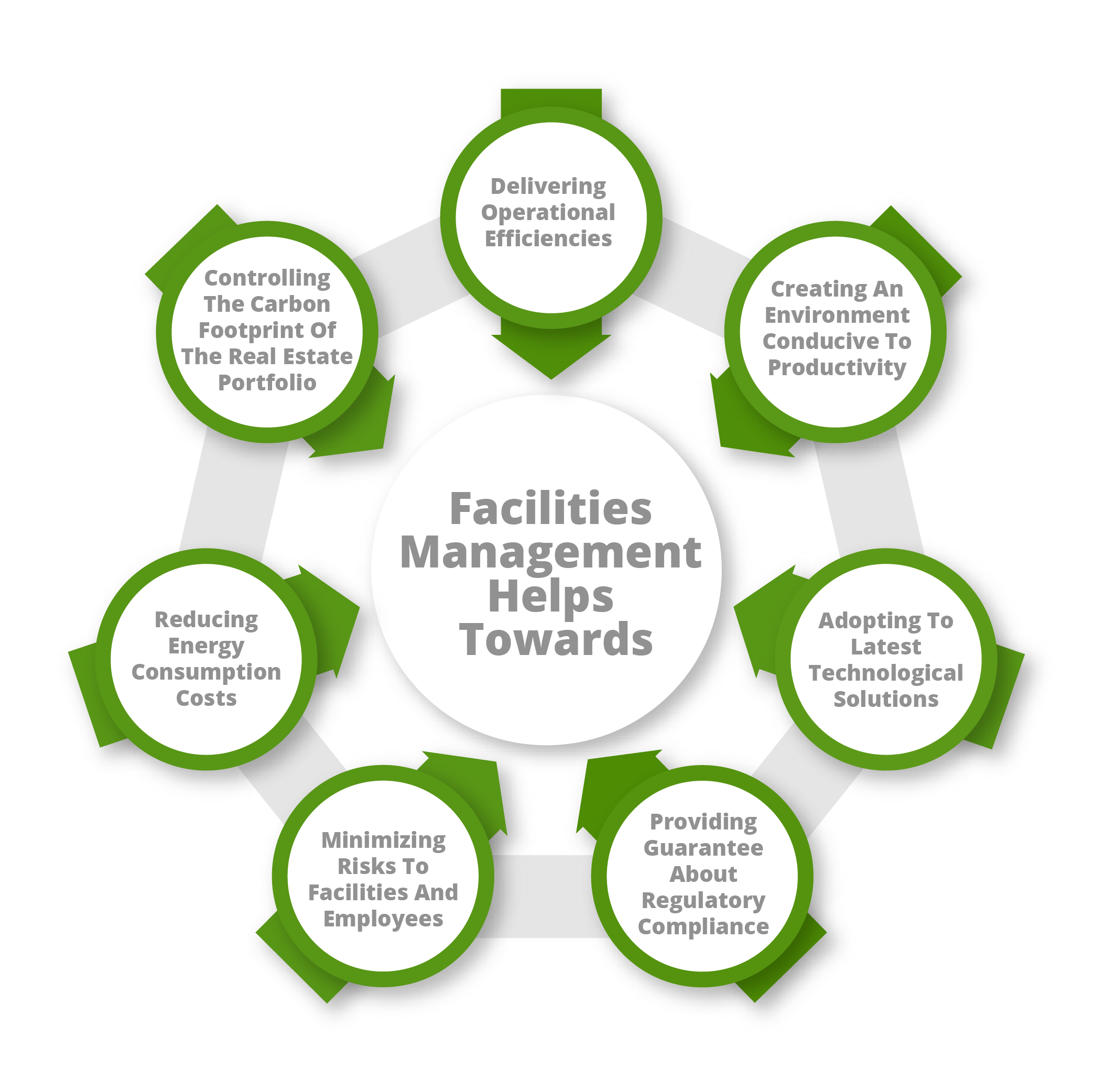Total Facility Management: A Complete Solution for Facility Maintenance
Total Facility Management: A Complete Solution for Facility Maintenance
Blog Article
Just How Total Facility Management Boosts Maintenance and Operations
Total Facility Management (TFM) represents a transformative shift in how organizations come close to maintenance and operations. By leveraging data-driven techniques and integrated technology, TFM not only prepares for and reduces prospective problems yet additionally optimizes source allowance and improves performance. The implications of taking on such an extensive framework prolong beyond plain effectiveness; they touch on sustainability and lasting asset conservation. As we check out the complex advantages of TFM, one might question just how these techniques can be tailored to resolve unique operational difficulties.
Improved Maintenance Methods
Improved Upkeep Strategies are necessary for maximizing the efficiency and durability of facilitiess. These methods incorporate a methodical technique to maintenance that emphasizes proactive actions, predictive analytics, and condition-based monitoring. By executing such techniques, companies can successfully reduce unplanned downtimes and reduce functional disruptions.
One crucial component of improved maintenance is the use of data-driven decision-making devices. These devices allow facility supervisors to assess historical performance information, identify patterns, and projection prospective failures before they happen. This predictive upkeep approach not only extends the life cycle of devices but likewise boosts security and conformity criteria.
Equipping and training maintenance employees are similarly important in executing improved techniques (Total Facility Management). Well-trained staff can perform routine assessments and address small problems before they rise. Additionally, taking on a comprehensive possession management system helps with monitoring of devices status, maintenance history, and organizing of safety nets
Streamlined Operational Workflows
Optimizing operational workflows is vital for the overall effectiveness of facility management. By executing structured processes, companies can minimize redundancies, reduce delays, and boost efficiency. A well-structured operational workflow permits facility managers to allocate sources efficiently, ensuring that jobs are completed in a prompt way.
Making use of facilitiess management software program can automate regular jobs such as job order management, supply tracking, and organizing. Clear interaction channels among group members foster partnership and liability, better enhancing operational efficiency.
Standardizing treatments is an additional crucial element. Establishing finest methods helps make sure that all team member are lined up in their strategy, minimizing the likelihood of mistakes and improving service distribution. Normal training and updates on workflow procedures likewise play an important duty in keeping uniformity and effectiveness.
Ultimately, structured functional operations add to a much more receptive facility management system, enabling organizations to concentrate on strategic efforts instead than being stalled by administrative burdens. By focusing on efficiency, facility supervisors can significantly boost the overall efficiency of their procedures.
Proactive Issue Resolution

Routine inspections and keeping track of systems play an essential role in this procedure, enabling facility managers to collect data and expect potential failures. In addition, promoting open communication channels among personnel encourages the early reporting of issues, further facilitating punctual resolutions.
Implementing a thorough facility management software application can simplify the monitoring of maintenance activities and concern coverage, providing valuable understandings into recurring issues and their origin creates. This data-driven strategy permits for notified decision-making and prioritization of sources.
Ultimately, aggressive issue resolution not just preserves the stability of facility operations yet also improves employee fulfillment and security. By investing in methods that focus on avoidance, organizations can create an extra reliable and resilient operational environment, establishing a strong structure for future growth and success.
Cost Effectiveness and Source Management
Just how can organizations attain a balance between expense performance and efficient resource management in facility operations? check my source The combination of total facility management (TFM) offers a strategic structure that enhances economic performance right here while maximizing source allocation. By consolidating solutions, companies can improve procedures, lower redundancies, and utilize economic situations of scale.
Efficient resource management begins with a thorough analysis of existing properties and functional procedures. Using information analytics, organizations can recognize underutilized resources and address inadequacies. This enlightened technique makes it possible for the application of targeted maintenance routines, consequently lengthening possession life and decreasing unplanned downtime.

Training and growth of facility management personnel additionally improve expense effectiveness by furnishing them with the skills needed to take care of resources carefully. Ultimately, by taking on an alternative approach to facility management, companies can accomplish substantial expense financial savings while guaranteeing that operational performance stays a leading concern.
Sustainability and Environmental Influence
The assimilation of total facility management (TFM) not just improves price effectiveness yet likewise plays a pivotal role in advertising sustainability and lowering ecological impact. By embracing an alternative strategy to facility procedures, TFM helps with the execution of sustainable techniques that reduce source intake and waste generation.
One of the key elements of TFM is the optimization of power usage. This consists of the adoption of energy-efficient modern technologies, routine upkeep of a/c systems, and the use of smart building management systems. These steps not only reduced energy prices yet additionally dramatically decrease greenhouse gas emissions.
Additionally, TFM advertises making use of sustainable materials in facility upkeep and remodelling projects. By focusing on green products and practices, facilitiess can decrease their general ecological footprint while cultivating healthier interior environments.

Verdict
In conclusion, Total Facility Management considerably boosts maintenance and operations via methodical techniques that stress anticipating analytics and condition-based tracking. TFM promotes sustainable techniques, ultimately leading to browse around this site enhanced facility management results and a culture of continual renovation within organizations.
Total Facility Management (TFM) represents a transformative change in just how companies come close to maintenance and operations. Utilizing facilitiess management software application can automate routine jobs such as job order management, supply monitoring, and organizing.How can organizations accomplish a balance in between cost performance and efficient resource management in facility operations? The assimilation of total facility management (TFM) gives a calculated structure that enhances financial efficiency while optimizing resource allotment.In conclusion, Total Facility Management significantly boosts maintenance and procedures through systematic strategies that emphasize predictive analytics and condition-based tracking.
Report this page